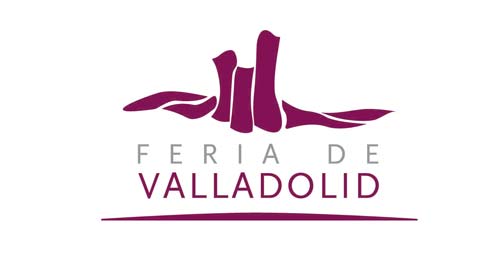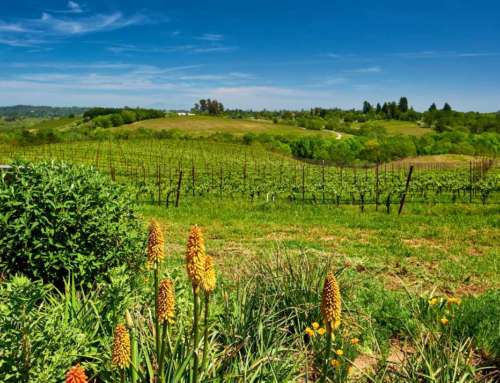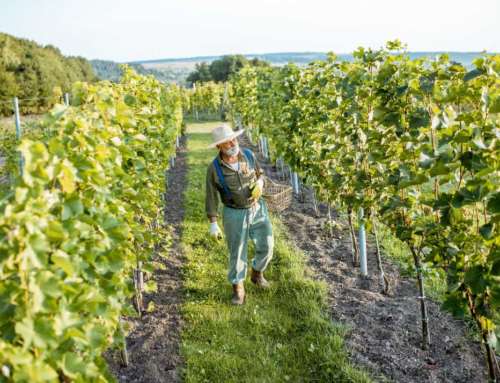The Middle Ages is the guiding thread of German wine tourism

On 1 and 2 March, Feria de Valladolid will host FINE #WineTorurismoExpo #Marketplace, the largest international event on wine tourism. Among the international offer, the Fair will include powerful representatives of this tourist activity such as Italy and France, as well as Spain. However, there is one country that is almost unknown when it comes to wine: Germany.
The Central European country is a giant in industries that are important for the national economy, such as automobiles and finance, but it has never been a benchmark country for the beverage that comes from grapes. The tables are turning and Germany has a wealth of relevant wine tourism that revolves around the nation’s history.
Wine tourism pioneer country
After mentioning that German wine is not the first thing that comes to mind, it is surprising that it is one of the pioneers. This is because in the 1930s the creation of the German Wine Road or ‘Deutsche Weinstraße’ was promulgated. The German Wine Road begins with a typo, as it is the French town of Wissembourg that is the starting point of this route.
The town lies on the German-French border and is a completely different wine tourism experience that is a millennium old. As well as wine festivals and wine shops specialising in local produce to enjoy traditional wine tasting, there is history to be found at every point along the route. The medieval history of the area is at the service of visitors with its centuries-old wine cellars and other taverns.
Small gestures that show the utmost respect for visitors on the routes
The German wine routes have some interesting peculiarities that may surprise more than one passing through the area. One of them is the spa town of Bad Dürkheim, home to the world’s largest wine barrel. During the month of September, the spa town hosts the world’s largest wine festival, the Wurstmarkt.
Other curiosities, and details that exemplify the attention paid to wine tourism, is that every last Sunday in August, the wine route is closed to traffic and is only open to walkers, hikers, cyclists and inline skaters who visit the open-air wine bars along the way.
The best time of year to visit the German wineries and their surroundings is autumn. In the period of September, October and November, the falling foliage makes for beautiful scenery. In addition, these months are perfect for tasting local wines and festivals from all over Germany.
The Germanic country can be one of your new corners where you can learn about the history of the place, while tasting its wines in a natural environment worthy of admiration and with a more than interesting wine tourism offer.






